Did You Know There is a Difference Between a Sofa and a Couch? Find Out What You're Really Sitting on
Turns out the sofa vs couch debate is more than just the words you use. Here, designers share how to distinguish between the two seating styles


There isn’t a sofa vs couch distinction for the huge numbers of us who switch freely between the two names, but for interior designers (along with students of history) there are actually identifiable differences.
The reason it matters is that when you’re shopping for the best sofa, what you might really be looking for is the best couch. Knowing what distinguishes the two — including style, materials and how it feels to sit on — can help you make the best choice from among the multitude of living room sofa ideas.
Even if your retailer uses the two words interchangeably, understanding the distinction between couches and sofas will help you find the best option for your room. These are the need-to-know details that distinguish the two styles.
Sofa vs Couch — How to Tell the Difference
1. Arms
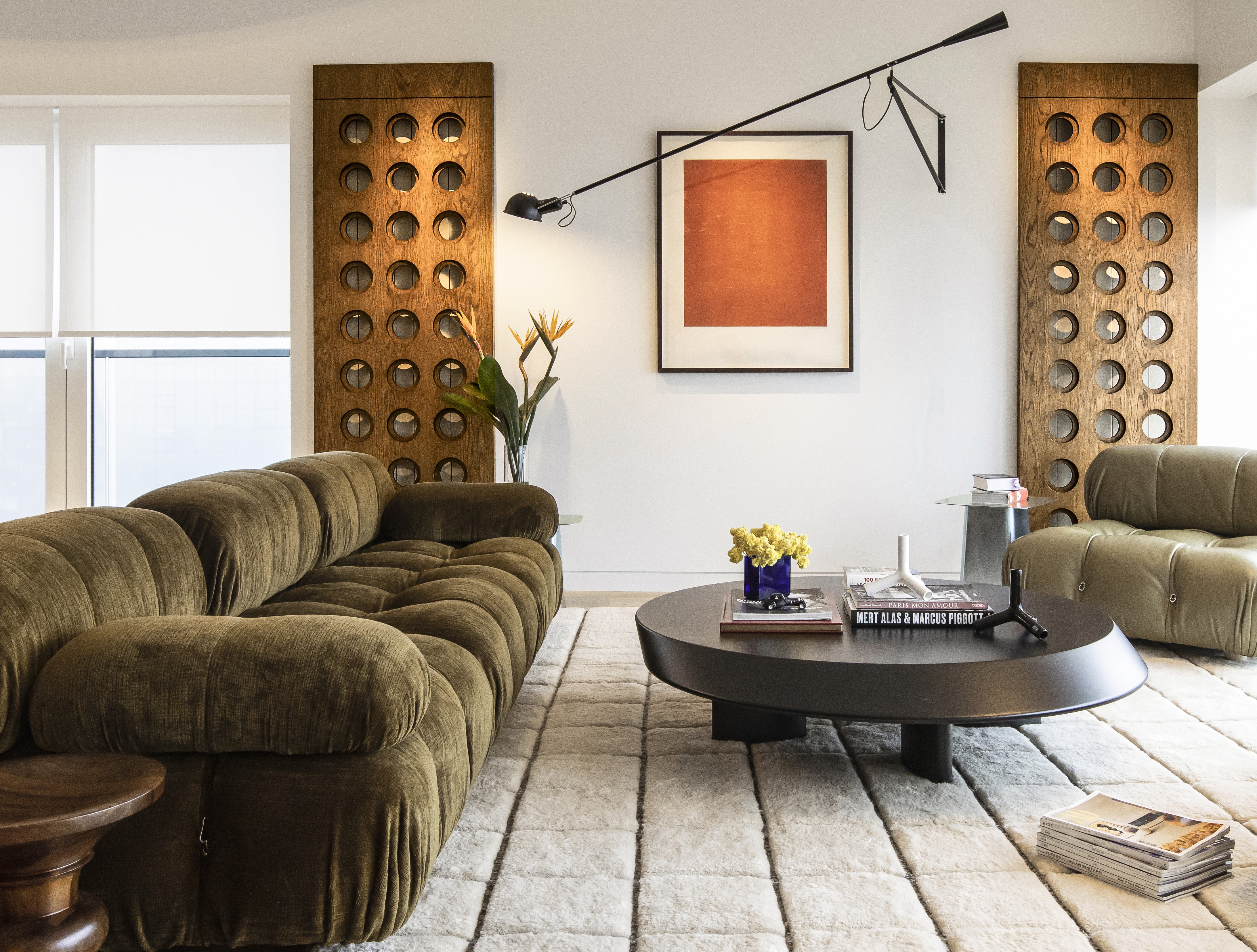
Historically speaking, a significant difference between a sofa vs couch is whether the piece of furniture has arms.
“'Couch' was used to describe a piece of furniture with no arms that was meant for lying down, whereas a sofa was generally thought of as an upholstered seat with arms and back,” explains Olma Fuentes, principal and founder of Deni + Dove Interiors.
2. Formality
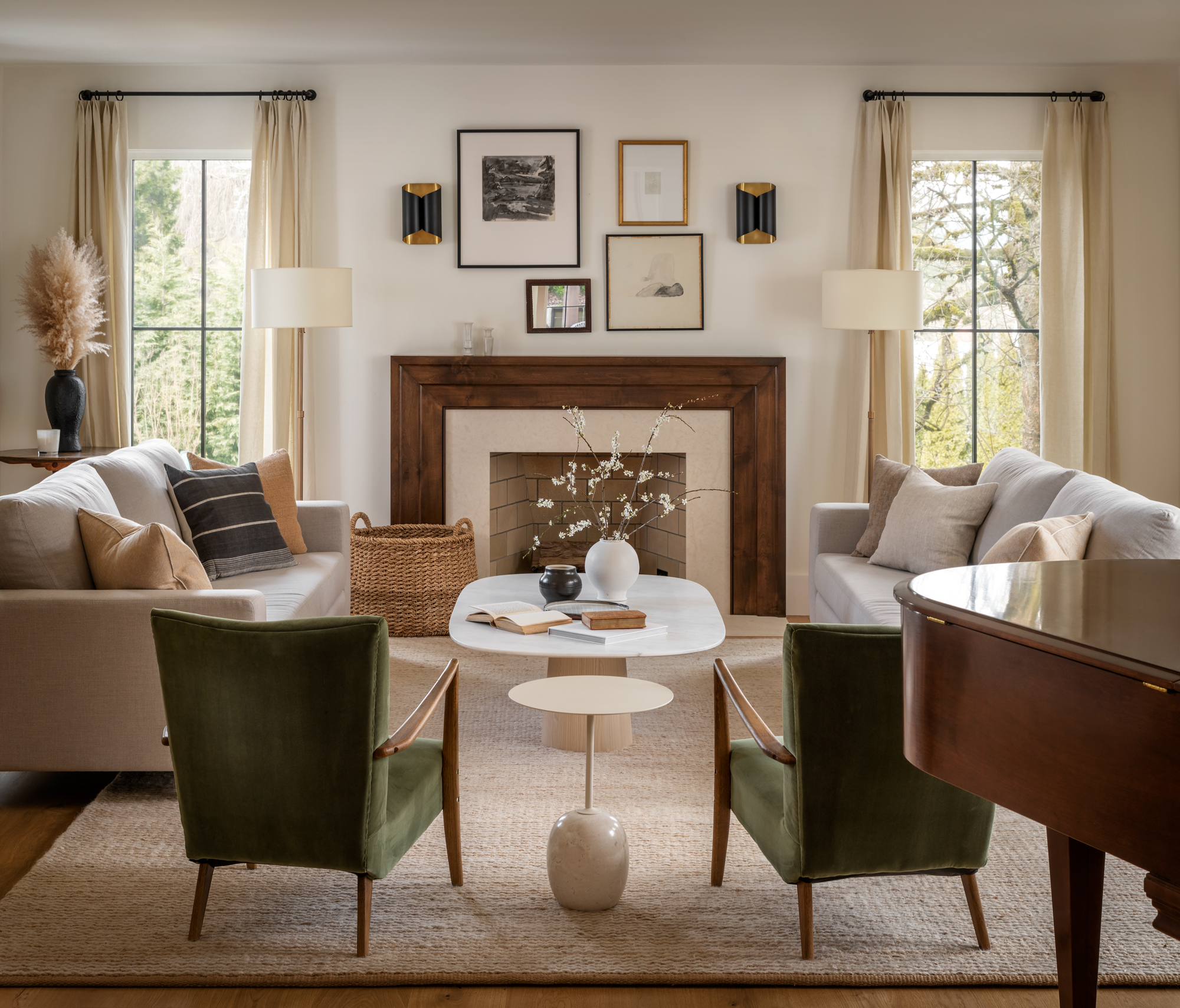
Nowadays, the main difference between a sofa vs couch is based on the level of formality of the seating.
“Today, it’s probably best to use ‘sofa’ to reference large seating pieces used in the more formal rooms of a home, while a ‘couch’ is best for describing a casual, comfortable seating arrangement that is meant for lounging or sprawling out,” says Olma.
3. Design and Shape

But there's further nuance when it comes to the design and shape of a sofa vs couch. “Traditionally, a sofa is more structured,” says Colleen Bennett of CBB Designs. “It typically has a more tailored look with clean lines, often featuring full backs and arms.
“Sofas tend to have a symmetrical design, with uniform height along the back and arms,” she adds. “They’re often longer, built for multiple people to sit side by side.”
Couches have a slightly different look and feel — and often continue the historic tradition of being designed without arms. “Couches often have softer, rounded shapes and may not always have armrests,” continues Colleen. “Couches can come in more varied shapes, including less structured and asymmetrical designs. They're often shorter than sofas, and some may even be armless or have low backs.”
4. Size

We’ve mentioned size differences already, but what are the details when it comes to the proportions of sofas vs couches?
“Sofas dimensions tend to be more standard, designed for seating,” says Colleen. “Generally they’re wider than couches, averaging 84 to 96 inches long, designed to comfortably seat three or more people. Seat depth is usually shallower, ranging from 20 to 24 inches, to encourage upright sitting. Back height is typically higher (30 to 36 inches), offering more structured support.
“Couches, in contrast, are often more compact and designed for lounging," she continues. "Couches are often shorter, around 60 to 84 inches, making them suitable for smaller spaces. Deeper seating (around 24 to 30 inches) allows for a more relaxed sitting or reclining position. The back height of couches tends to be lower (28 to 32 inches), contributing to their casual design.”
5. Construction, fillings, and upholstery
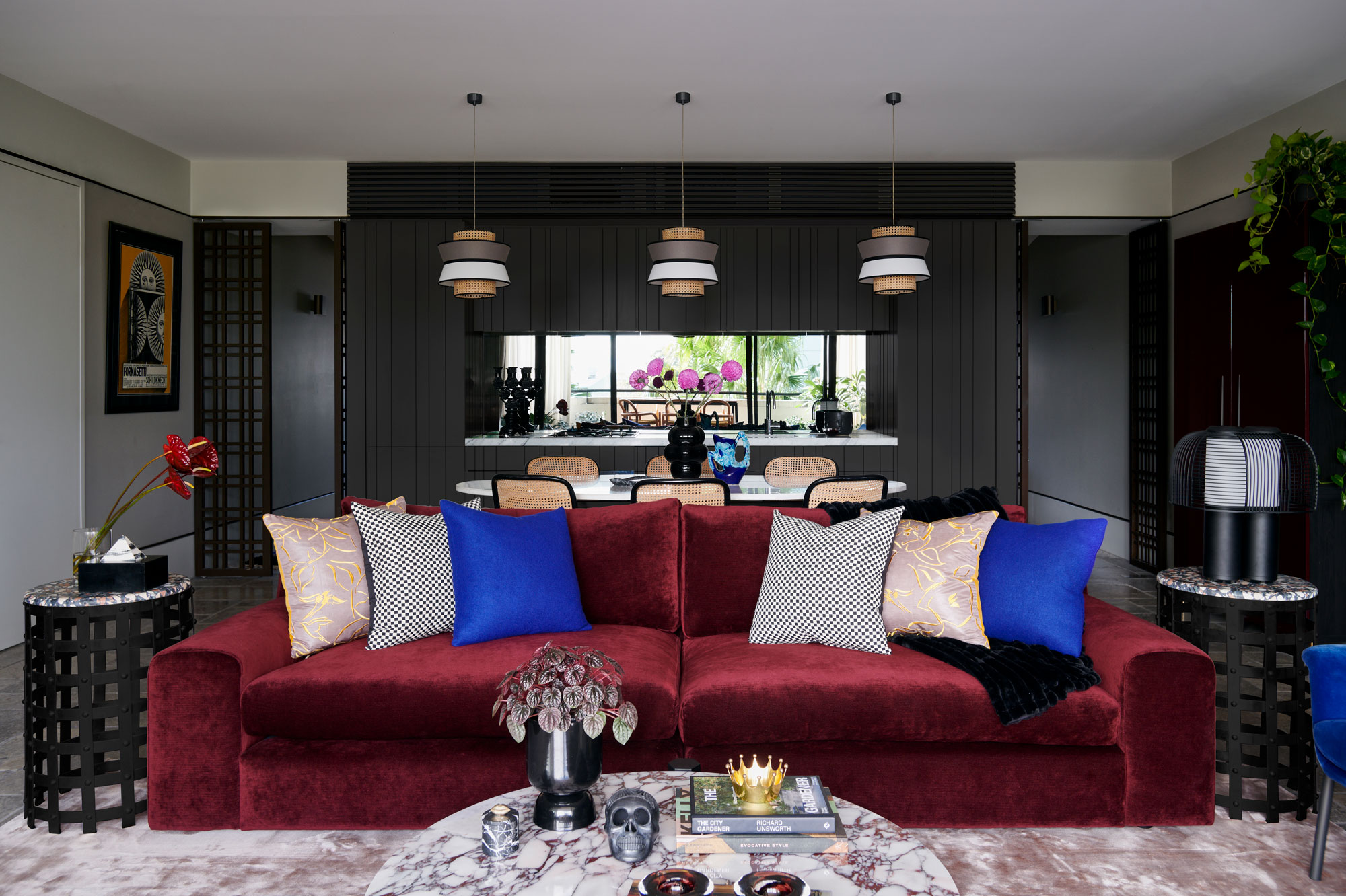
There are typically differences between a sofa and a couch in regards to the way they are constructed, the cushion fillings, and the upholstery choices.
“Sofas are typically built with a sturdy frame, often using wood or metal,” says Colleen. “They tend to have more structure, with solid or spring foundations that offer firmer seating. Sofas often use foam or high density fiber cushions for a firm, supportive feel, designed to maintain shape over time. They are frequently upholstered in high quality, durable materials like leather sofas, tweed, or linen sofas, offering a more formal and polished appearance."
“Couches are usually designed with more flexibility and comfort in mind,” she continues. “They may have softer frames and looser constructions to accommodate lounging. They often use softer fillings, like down or fiberfill, making them feel less rigid and more cushy for relaxation. Couches are often upholstered in fabrics that emphasize comfort, like soft cotton, microfiber, or plush textiles, and may include loose or slipcover options for a casual feel.”
When it comes to interior experts, there are, in fact, differences between sofas vs couches. “Sofas tend to be more formal, structured, and larger, with firmer cushions and more upright seating, while couches are more casual, softer, and may feature deeper seats and lower backs for a more relaxed experience,” sums up Colleen.
It's important to note, though, that when shopping, the terms are not always used correctly. “Many manufacturers use the terms interchangeably, with varying styles, sizes, and upholstery options available for both,” says Colleen.
However, it’s still worth appreciating the detail so you can compare proportions, materials, and how the furniture is designed to be used to ensure your choice is one you’ll be delighted with.
FAQs
Do Americans say couch instead of sofa?
In the US, both couch and sofa are used — and often without distinguishing between the two. “Most people tend to think of the terms ‘couch’ and ‘sofa’ as being completely interchangeable,” says Olma Fuentes. The people who do tend to prefer the latter? “Interior designers still tend to stick with using ‘sofa’,” she says.
However, there is a clear favorite between the two words. Google can show us that ‘couch’ maintains a steady lead over the word ‘sofa’ during the decade 2012 to 2022 in the corpus of American English books in that period.
As for what Americans are thinking when they search the web? The past 12 months shows a sustained preference for ‘couch’ over ‘sofa’ in Google trends.
So, which do you prefer?
Be The First To Know
The Livingetc newsletters are your inside source for what’s shaping interiors now - and what’s next. Discover trend forecasts, smart style ideas, and curated shopping inspiration that brings design to life. Subscribe today and stay ahead of the curve.

Sarah is a freelance journalist and editor. Previously Executive Editor of Ideal Home, she’s specialized in interiors, property and gardens for over 25 years. She’s written for websites including Houzz, Channel 4’s flagship website, 4Homes, and Future’s T3; national newspapers including The Guardian; and brands including Future’s Homes & Gardens, Country Homes & Interiors, Homebuilding & Renovating, and Period Living, as well as House Beautiful, Good Homes, Grand Designs, Homes & Antiques, and The English Home among others. It’s no big surprise that she likes to put what she writes about into practice, and is a serial house renovator.
-
 The 'New British' Style? This Victorian London Home Embraces Its Owners' Global Background
The 'New British' Style? This Victorian London Home Embraces Its Owners' Global BackgroundWarm timber details, confident color pops, and an uninterrupted connection to the garden are the hallmarks of this relaxed yet design-forward family home
By Emma J Page
-
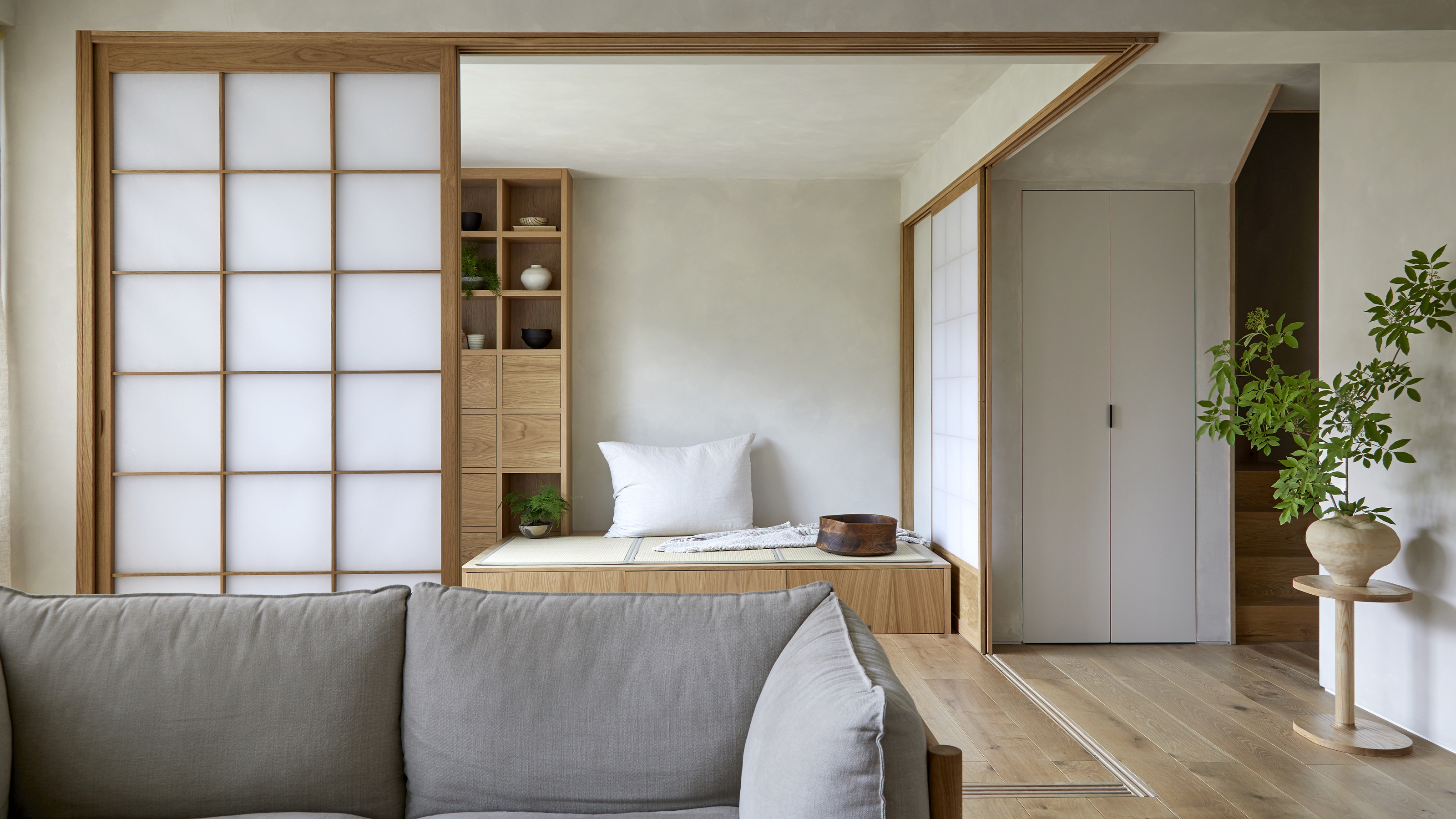 Muji Living Room Ideas — 5 Ways to Harness The Calming Qualities of This Japanese Design Style
Muji Living Room Ideas — 5 Ways to Harness The Calming Qualities of This Japanese Design StyleInspired by Japanese "zen" principles, Muji living rooms are all about cultivating a calming, tranquil space that nourishes the soul
By Lilith Hudson
-
 Should a Living Room Be Painted Dark or Light? We Asked Design Experts to Settle The Age-Old Debate
Should a Living Room Be Painted Dark or Light? We Asked Design Experts to Settle The Age-Old DebateThe color of your living room can completely shift the mood of your entire home, so the question remains: should you go light or dark...?
By Devin Toolen
-
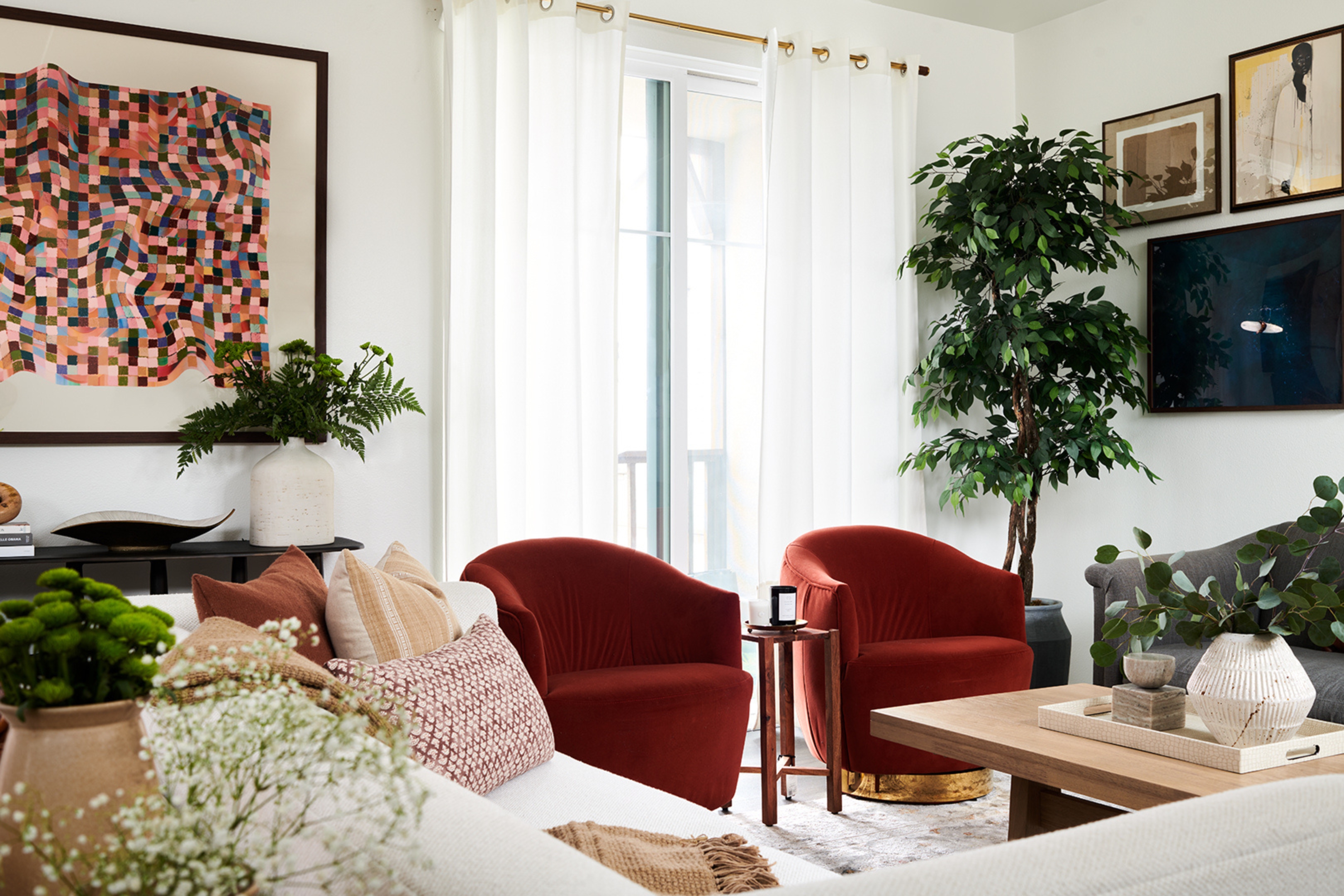 I Keep Seeing TVs *Behind* Sofas in Two Couch Living Rooms — But Does This Emerging Layout Really Make Sense?
I Keep Seeing TVs *Behind* Sofas in Two Couch Living Rooms — But Does This Emerging Layout Really Make Sense?People no longer want the television to be the focal point of their living spaces, but is banishing it to the back wall ever a good idea?
By Kelsey Mulvey
-
 Is Having Two Sofas Facing Each Other Actually Comfortable for Watching TV? Tips for Getting This Trending Layout Right
Is Having Two Sofas Facing Each Other Actually Comfortable for Watching TV? Tips for Getting This Trending Layout RightIt’s a favorite option for homeowners, but combining two sofas facing one another with a TV has its pros and cons — this is what you need to know
By Sarah Warwick
-
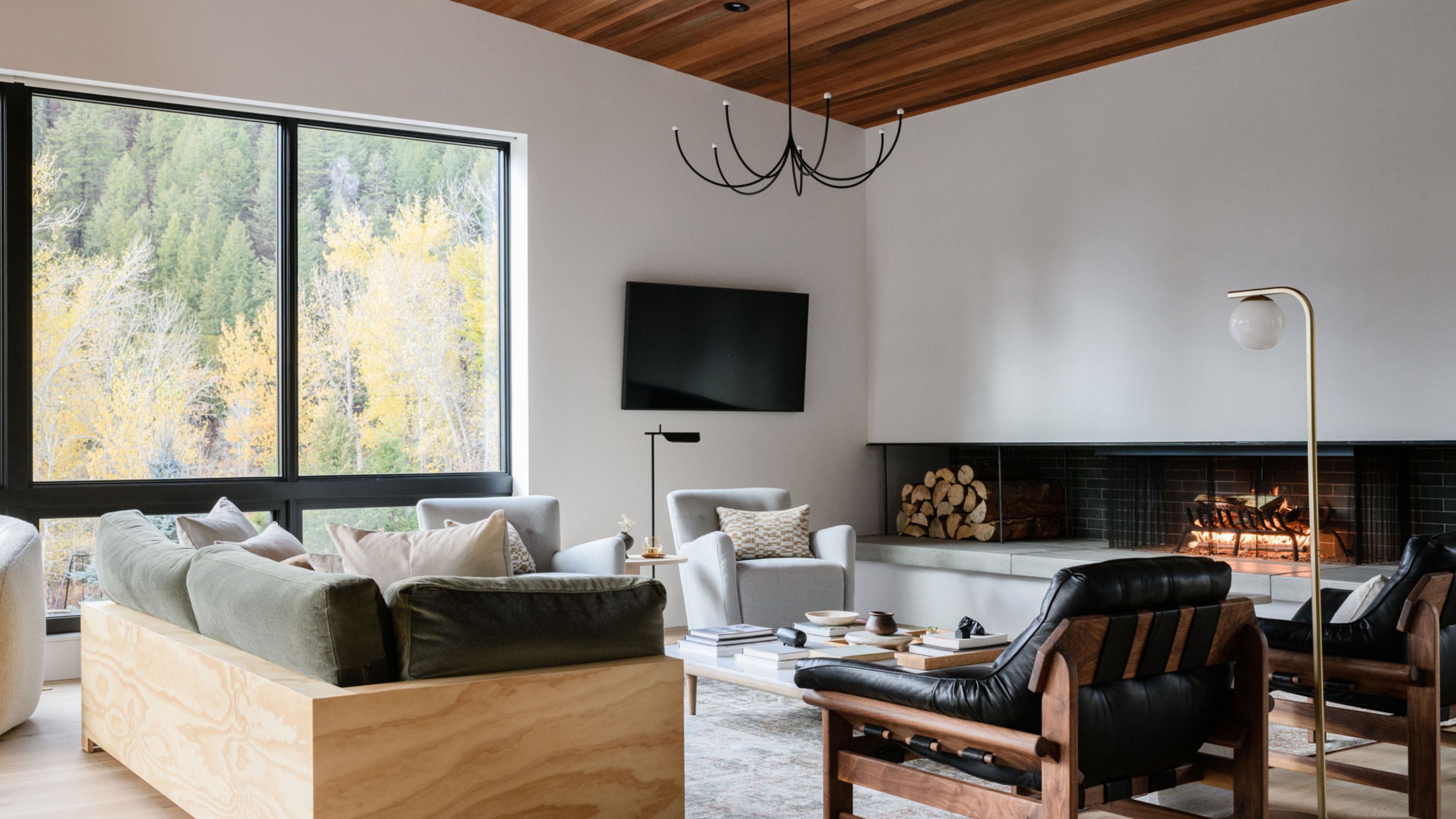 The 7 Biggest TV Mistakes Designers Always See in a Living Room - And How to Set Up Your Tech Instead
The 7 Biggest TV Mistakes Designers Always See in a Living Room - And How to Set Up Your Tech InsteadScreen glare, unsightly cables, neck cramps... a lot can go wrong when it comes to styling a TV in a design-forward living space
By Kelsey Mulvey
-
 How Much Space Do You Need for Walking Between Furniture? I'm a Spatial Designer, and You'll Want at Least This Much
How Much Space Do You Need for Walking Between Furniture? I'm a Spatial Designer, and You'll Want at Least This MuchThese are the general rules to be guided by when spacing out furniture to ensure you room feels inviting and comfortable
By Delphine Bouvet
-
 3 Dated Living Room Layouts That Have No Place in 2025 (and How to Fix It If You've Ended Up With One)
3 Dated Living Room Layouts That Have No Place in 2025 (and How to Fix It If You've Ended Up With One)Because your living room should work for the way you live now
By Kristen Flanagan
-
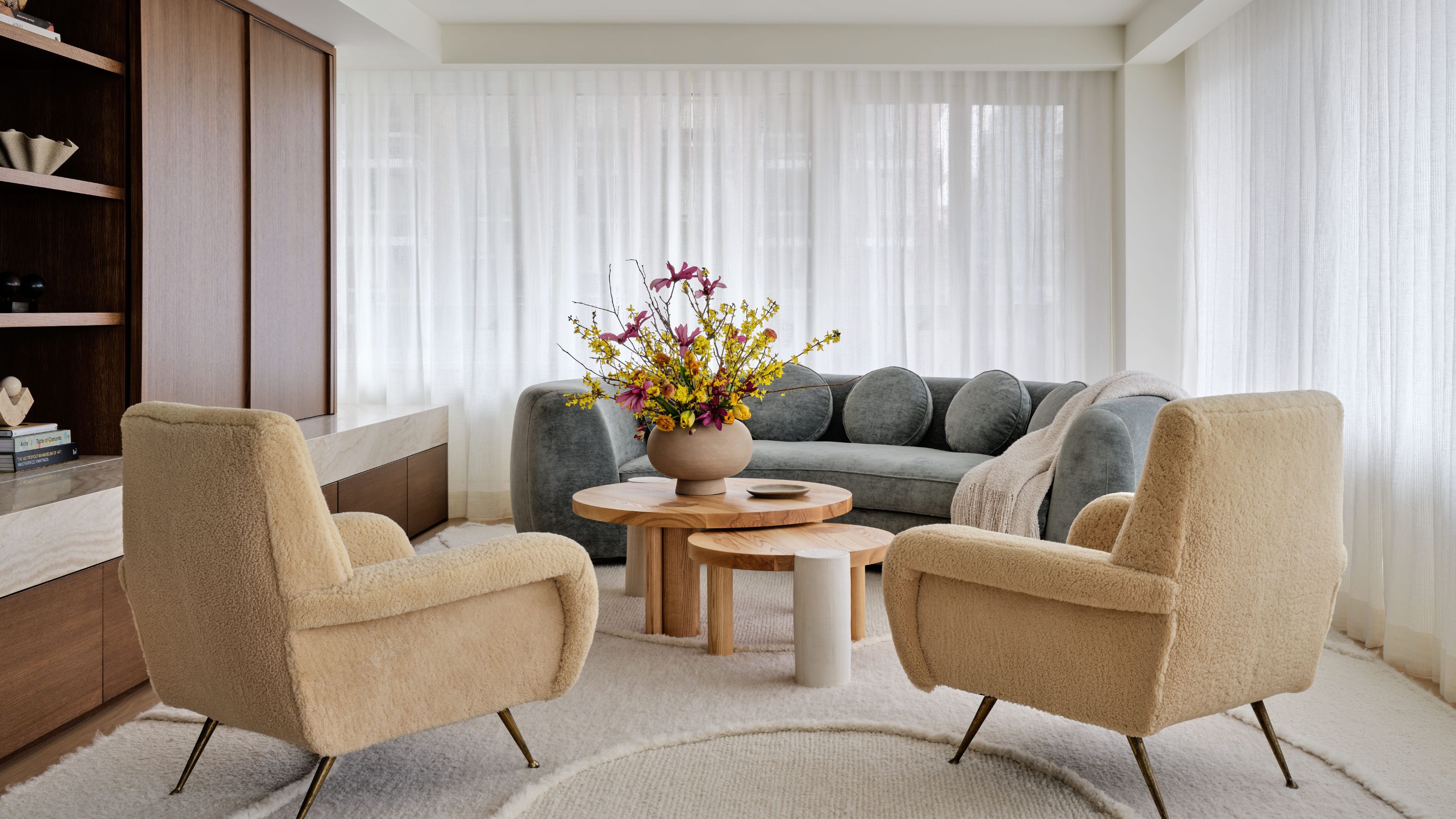 I'm a Spatial Planner — Here's 5 Big Lessons I Want Everyone to Learn to Get the Right Layout for Your Living Room
I'm a Spatial Planner — Here's 5 Big Lessons I Want Everyone to Learn to Get the Right Layout for Your Living RoomDoes something about your space not feel right? The solution could be as simple as fixing your living room's setup
By Delphine Bouvet
-
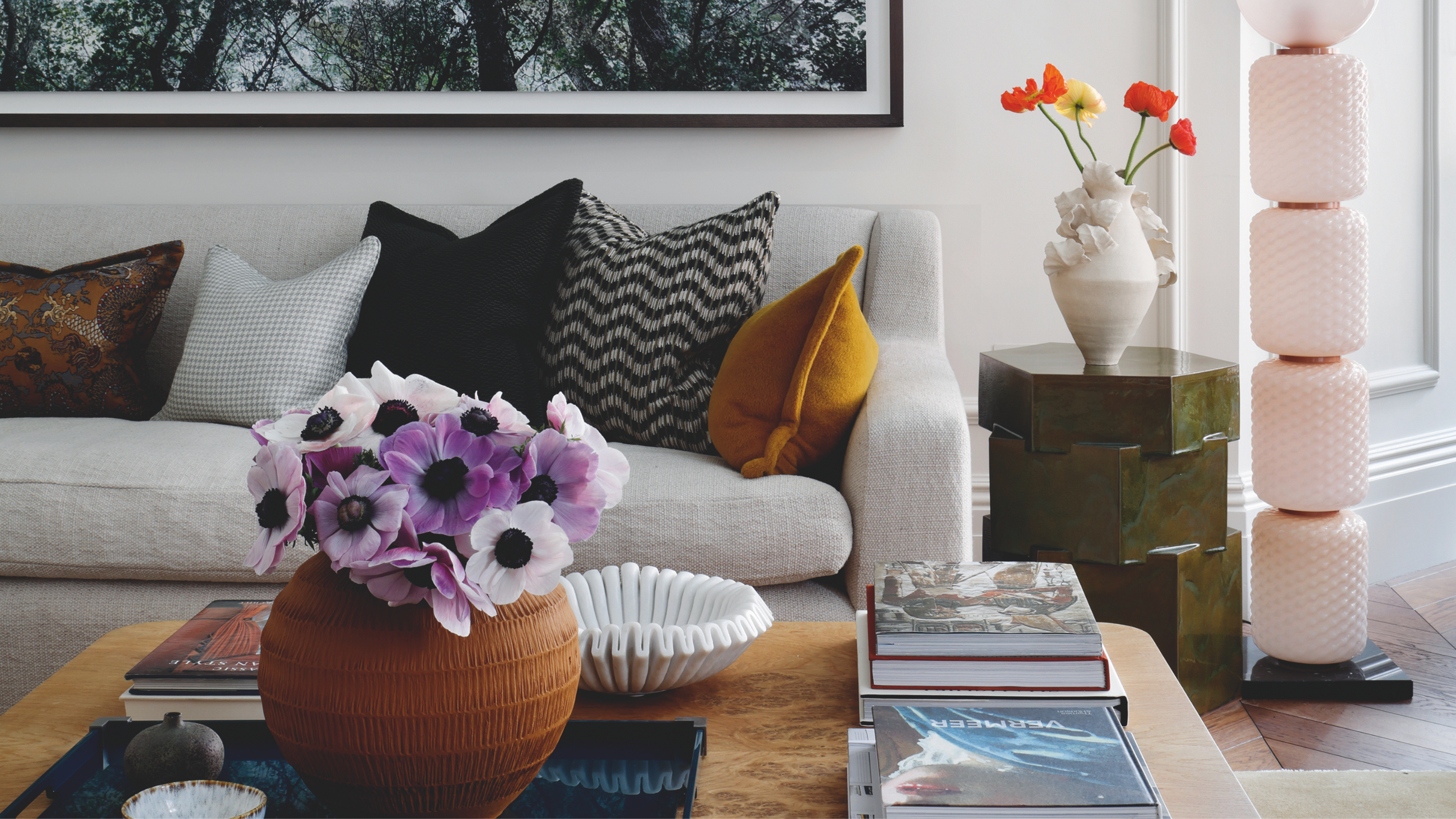 Beware the "Three-Sided" Living Room — Interior Designer Christian Bense on This Mistake, and Designing a Versatile Space
Beware the "Three-Sided" Living Room — Interior Designer Christian Bense on This Mistake, and Designing a Versatile SpaceDesigner Christian Bense knows that a perfect living room should cater to all the sides of your personality, and what pieces allow to be both calm and to have a party
By Christian Bense